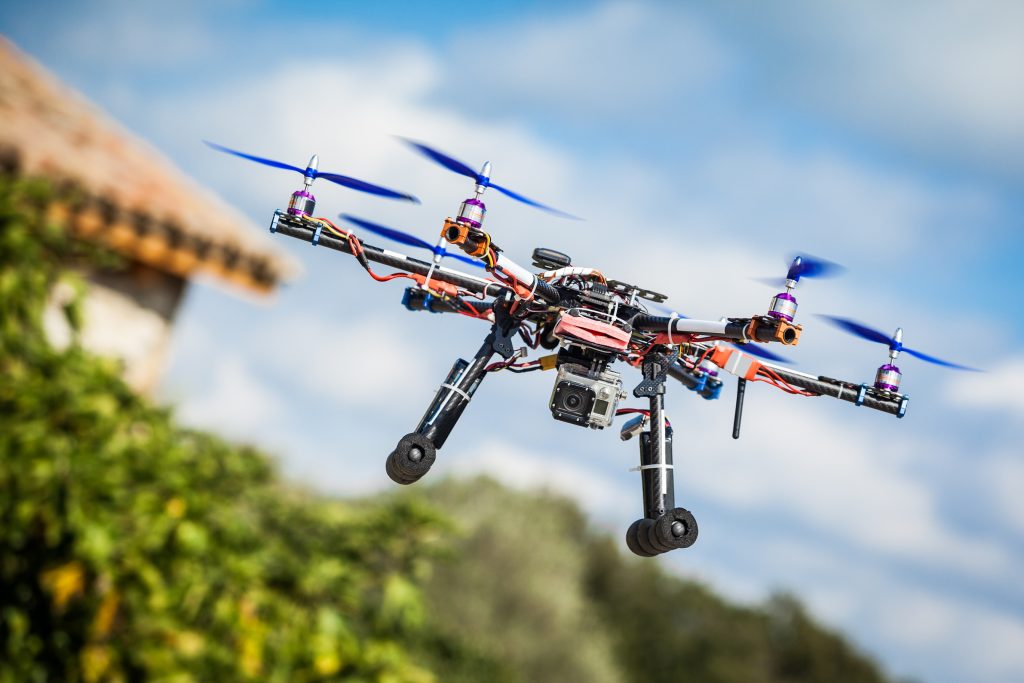Insurance markets are notoriously imperfect. The incomplete information available to the insurer means high risk individuals are able to pass as low risk. Big data is changing this. As technology develops, firms are increasingly able to accurately track a range of variables from heart rate to driving speed. A prime example of this is the market for drone insurance.
Flying high-risk
Drone use has skyrocketed in recent years. Gartner predict that consumers will purchase 2.8 million drones in 2017. Naturally, not all of these will remain airborne whether it is due to drunken pilots or faulty mechanisms. As incidents have risen, a new market for drone insurance has sprung up alongside it.
Importantly, firms are making use of a vast pool of data to offer insurance. Flock, a start-up that offers insurance on a per flight basis, rely on weather forecasts accurate to within a hundred metres. Additionally, they make use of data taken from the drone itself to build a risk profile specific to each machine. This data is then pushed through software that churns out a quote.
Thus, with the benefit of real time data, insurance is moving away from bundling customers and offering a price for that set. Now firms are able to function in a market where information is becoming much more symmetric.






